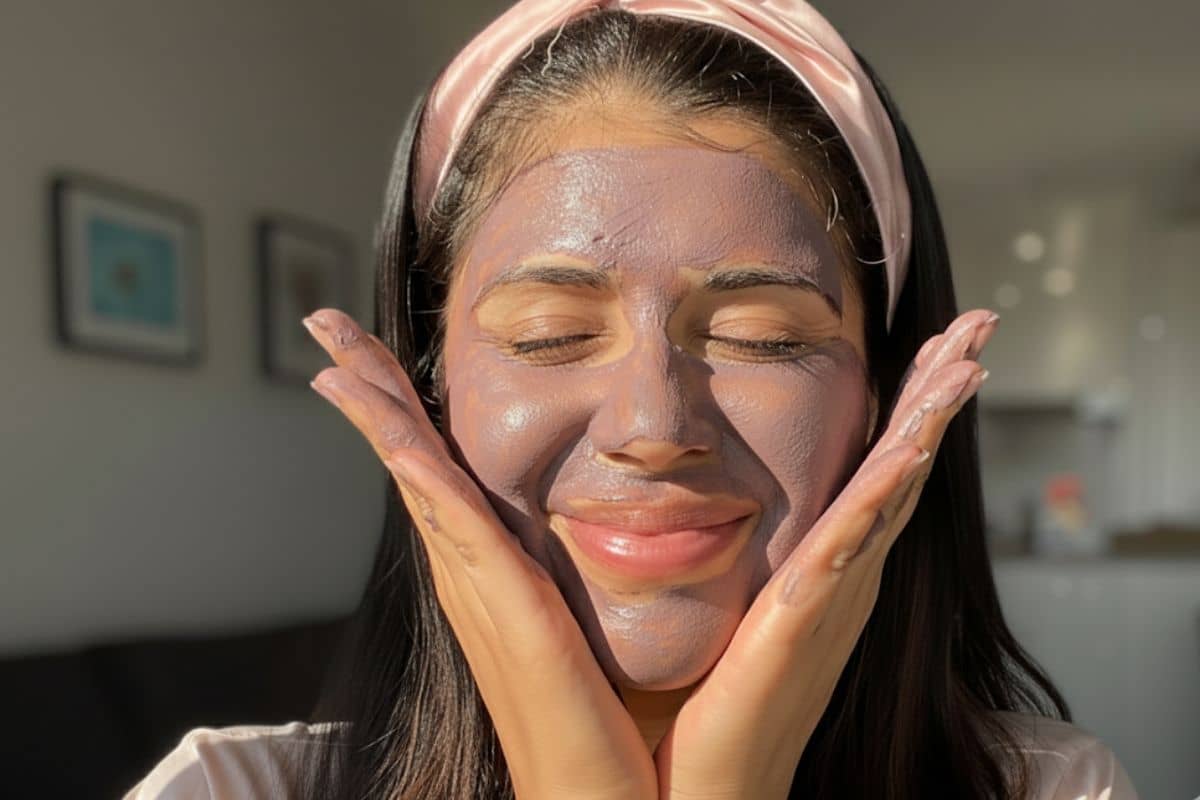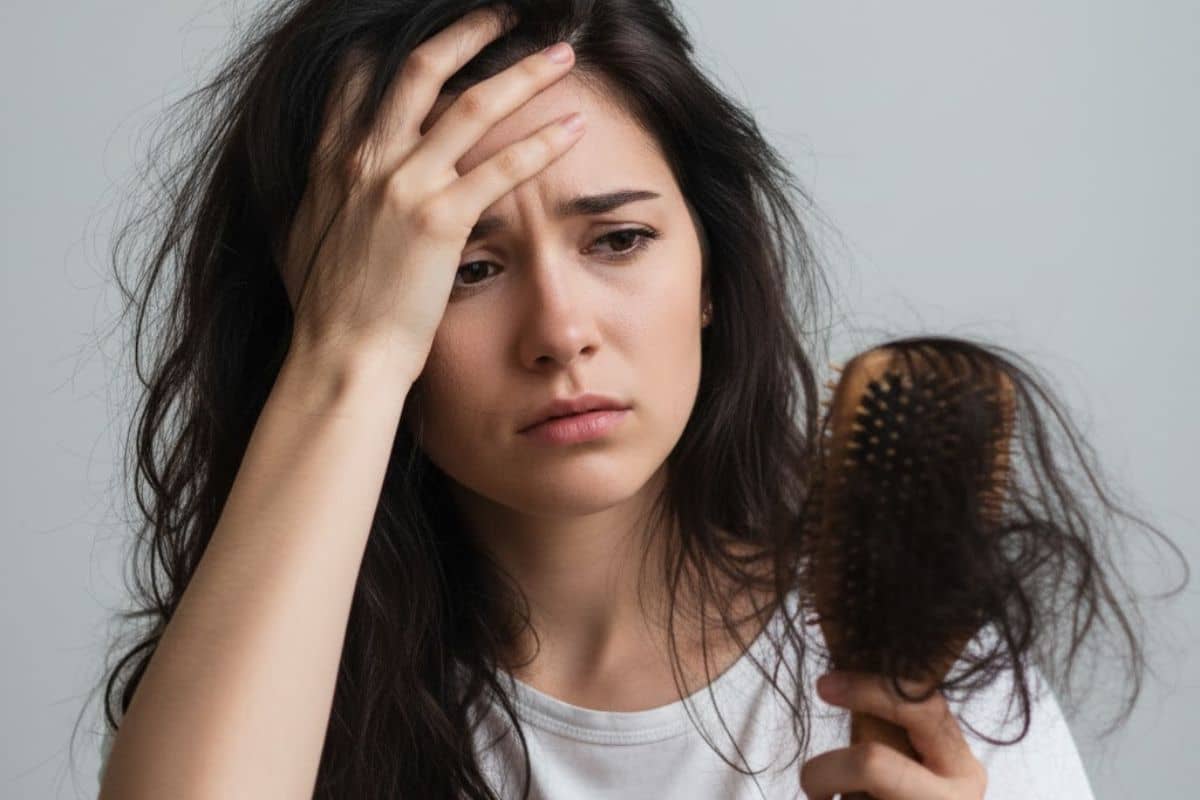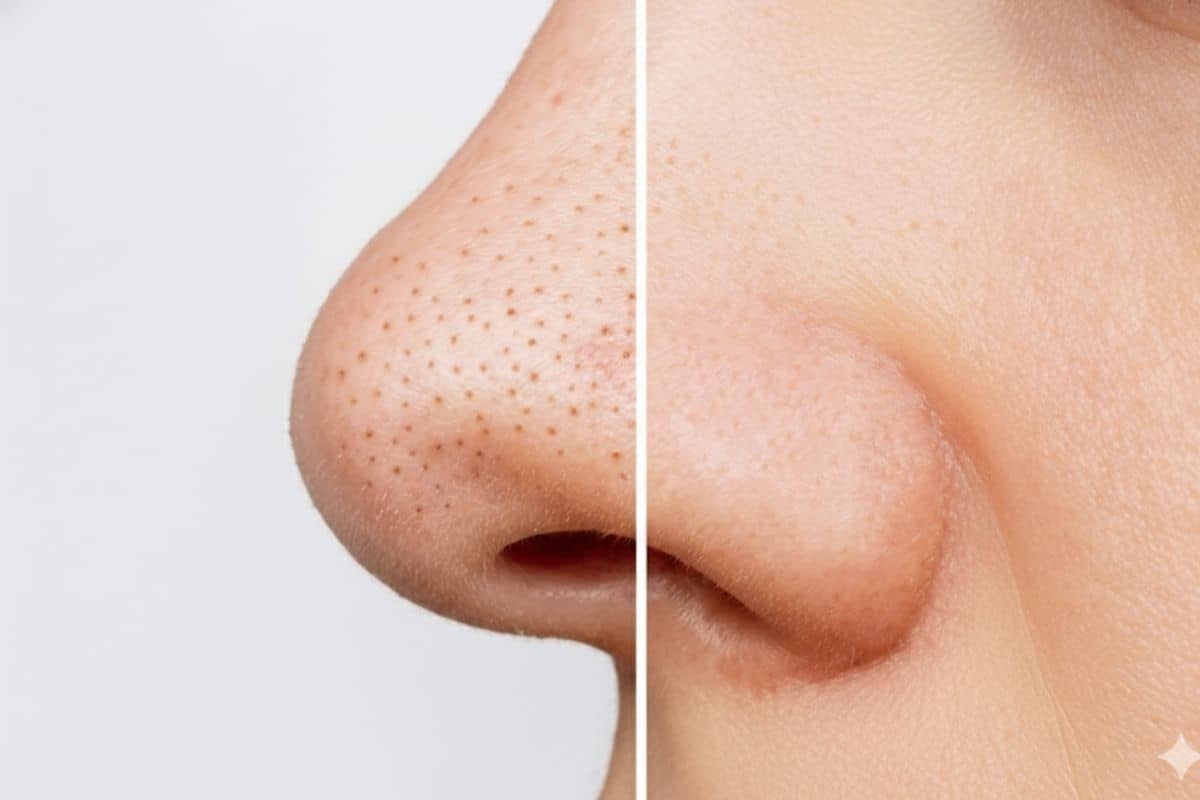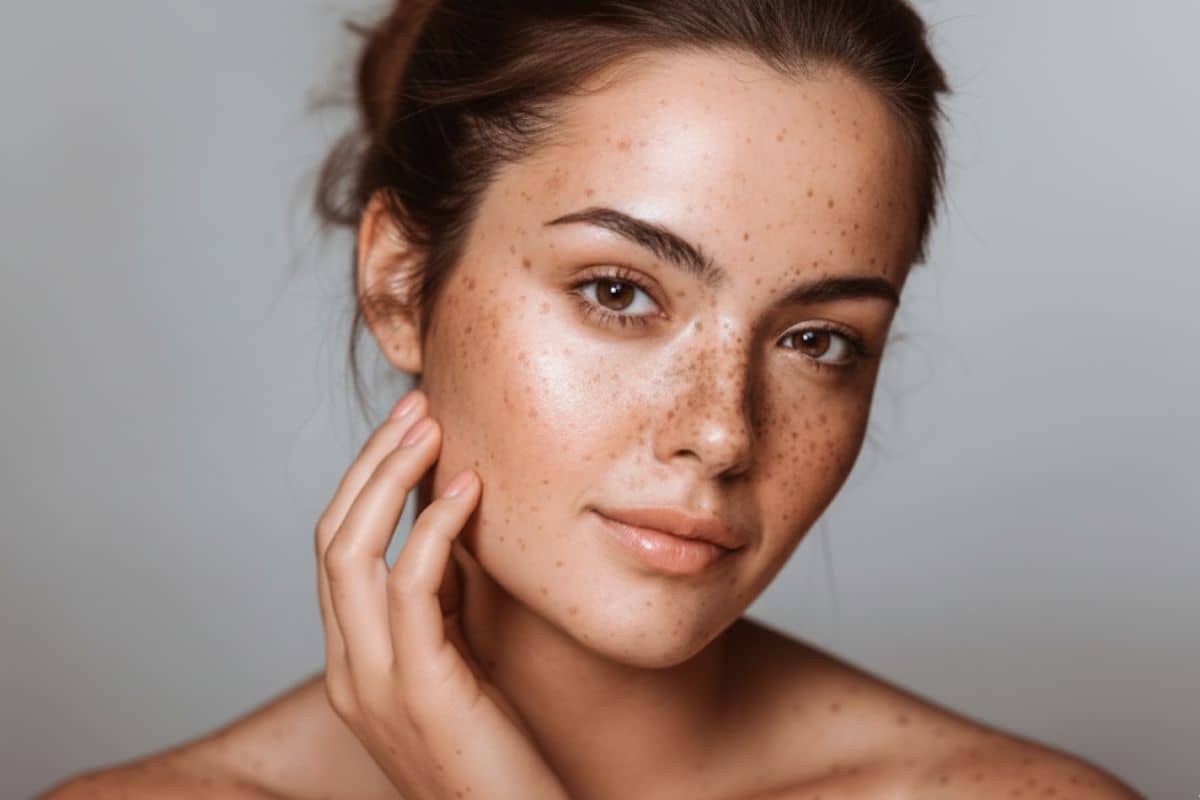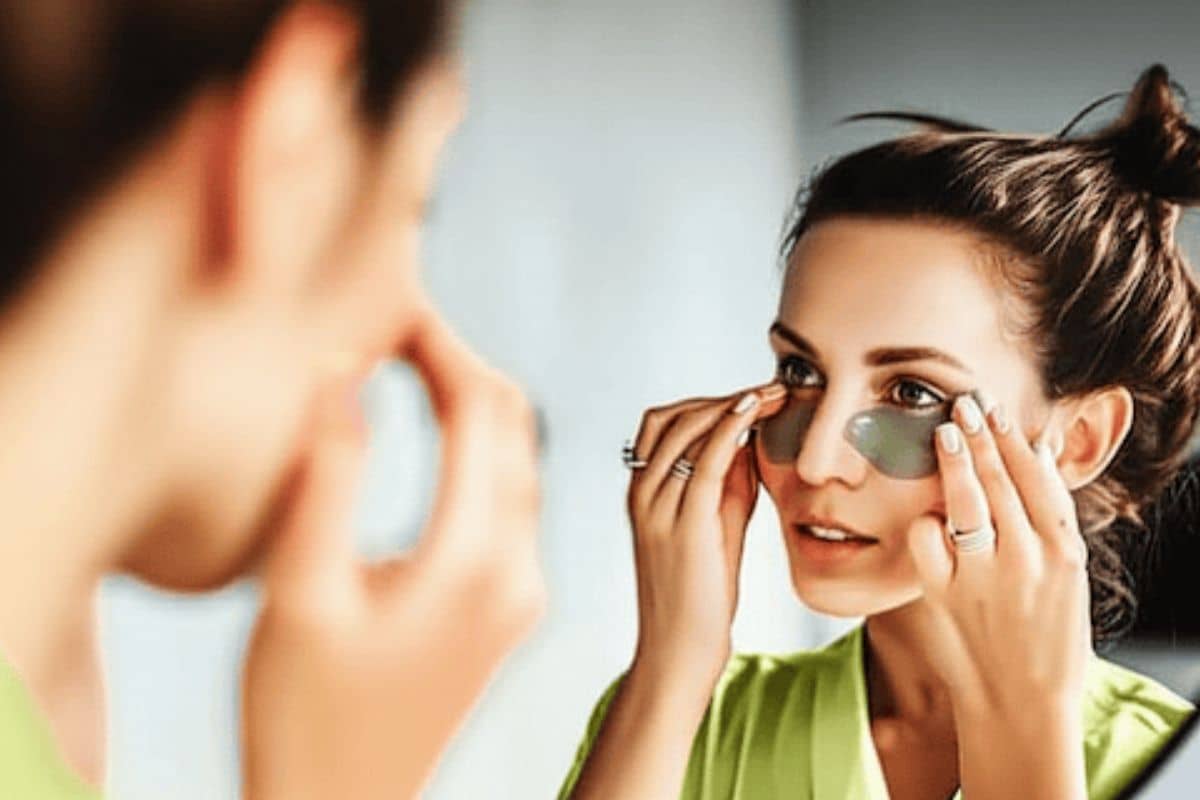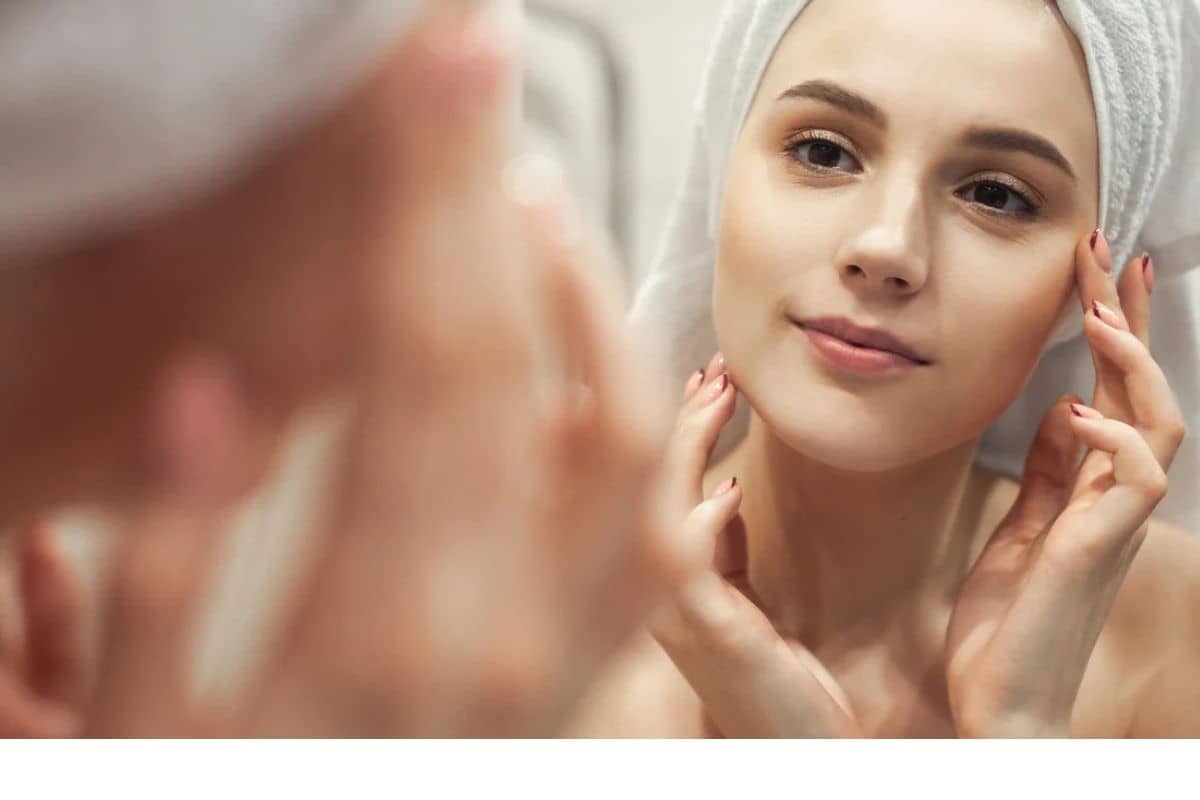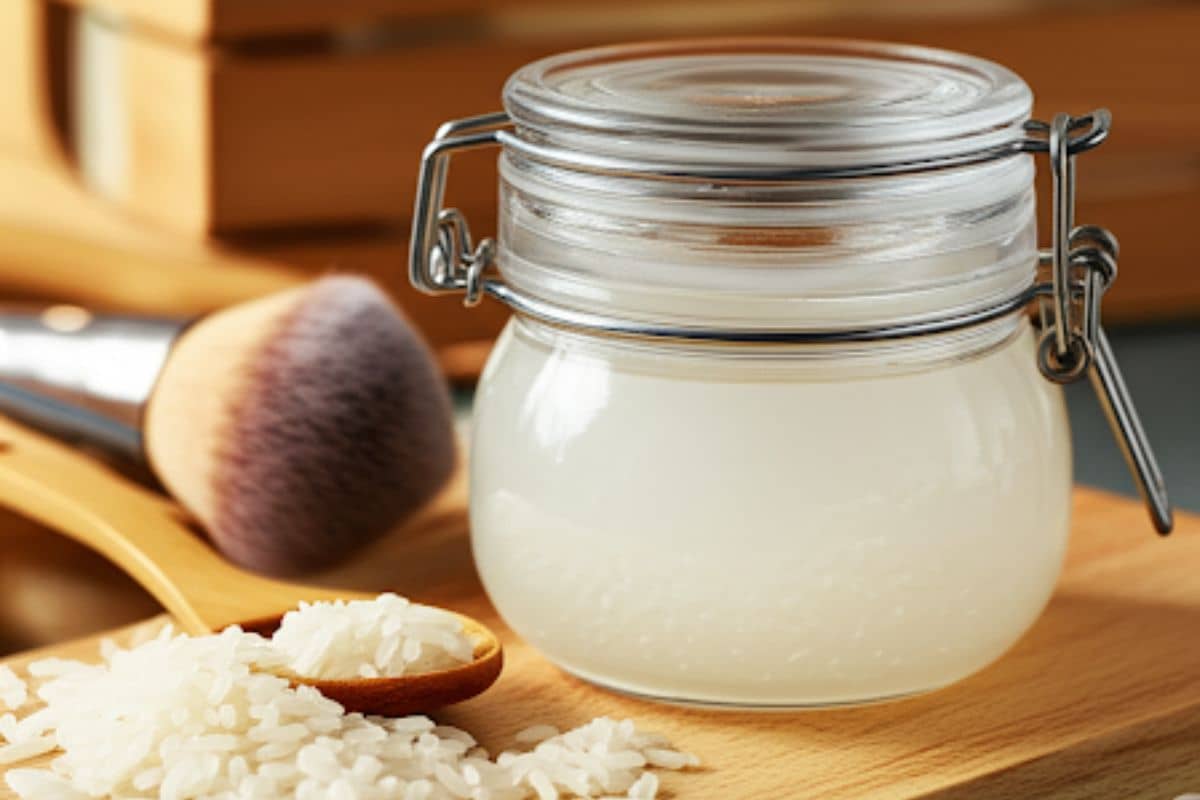Introduction
During teenage years, the body and skin undergo rapid changes—hormonal fluctuations, increased oil production, and sensitivity. That’s why following the right and easy Teenagers Skincare routine is crucial. A proper routine not only manages today’s pimples and oiliness but also prevents future problems like acne scars, pigmentation, and even premature aging. In this blog, we’ll share a simple, safe, and effective skincare plan that every teenager can follow to keep their skin healthy and glowing in the long run.
Understanding Teenagers Skincare Needs
Teenage skin is very different from both children’s and adult skin. Due to hormonal changes, sebaceous glands become more active, leading to excess oil, clogged pores, and acne. Environmental factors like pollution, diet, and stress also impact teen skin. Therefore, Teenagers Skincare should always focus on gentle, non-comedogenic, and age-appropriate products. Harsh treatments or using too many products can damage the skin barrier. A simple routine with cleansing, hydration, and sun protection helps build a strong foundation for long-term skin health.
Why Teen Skin is Different?
Hormonal surges cause fluctuating oil production in teenagers. Excess oil and dead skin cells clog pores, leading to blackheads and whiteheads. Teen skin is also reactive—it may easily get irritated by harsh chemicals. That’s why reading product labels, patch-testing, and choosing mild products is important.
Common Skin Problems in Teenagers
The most common concerns include acne, pimples, blackheads, whiteheads, and sometimes hormonal pigmentation. Stress and irregular sleep patterns can also worsen breakouts. A consistent skincare routine and healthy lifestyle can significantly reduce these issues.
Daily Skincare Routine for Teenagers
For teenagers, a skincare routine should be simple, quick, and consistent. Following the 3 basics—cleanse, hydrate, protect— twice a day is enough. In the morning, use a gentle cleanser, a lightweight moisturizer, and broad-spectrum sunscreen (SPF 30+). At night, cleanse again, moisturize, and apply spot treatment if needed. Avoid over-exfoliating or layering too many products—it can irritate and damage the skin barrier. Even a 5–7 minute daily routine can bring visible results.
Morning Routine
Wash your face with lukewarm water and a gentle cleanser. Apply a light toner (optional) and follow up with an oil-free moisturizer. Never skip sunscreen—broad-spectrum SPF 30+ is your shield against harmful UV rays. If you want an extra refresh, use an alcohol-free hydrating mist.
Night Routine
At night, double cleanse if you’ve worn makeup or sunscreen during the day. After cleansing, use an acne treatment (like benzoyl peroxide or adapalene) only if prescribed by a dermatologist. Finish with a moisturizer to allow overnight skin repair. Aim for at least 7–8 hours of sleep, as proper rest enhances skin regeneration.
Importance of Cleansing and Moisturizing
Cleansing and moisturizing are the two pillars of teenage skincare. Cleansing removes excess oil, dirt, and dead skin, keeping pores clear. However, over-cleansing or using harsh cleansers strips the skin’s natural oils, causing it to produce even more oil. Moisturizing keeps the skin hydrated, strengthens the barrier, and balances oil production. Even oily skin needs moisturizers because dehydration can make it oilier. Maintaining this balance is essential for clear, healthy skin.
Cleansing Tips
Use gel-based or foaming cleansers—preferably with mild ingredients like salicylic acid to manage breakouts. Wash your face twice a day (morning and night). Washing too often can dry out your skin, triggering more oil production.
Moisturizing Tips
Choose a non-comedogenic moisturizer that won’t clog pores. Gel or water-based moisturizers are best for oily skin, while lightweight creams suit dry skin. Look for ingredients like hyaluronic acid for deep hydration without heaviness.
Diet and Lifestyle — (Expanded & Detailed)
Diet and lifestyle play a major role in teenage skincare. High sugar and refined carbs (like fried foods, sodas) spike insulin levels, which increase sebum production and inflammation—making acne worse. On the other hand, fruits, vegetables, antioxidants, and omega-3 fatty acids (from fish, flaxseed, walnuts) reduce inflammation and promote skin healing. Vitamin C-rich foods (citrus, berries) brighten skin, while Vitamin E (nuts, seeds) helps repair and protect it. Staying hydrated is equally important—drinking enough water ensures healthy cell function and removes toxins.
Healthy Diet for Glowing Skin (Expanded)
A balanced diet should include colorful vegetables, seasonal fruits, lean proteins, and healthy fats. Avoid processed and oily foods, as they trigger systemic inflammation. Whole grains, probiotics (yogurt, fermented foods), and minerals like zinc and selenium are great for maintaining skin balance. If acne is frequent, keeping a food diary can help identify triggers—some teens react to dairy or high-glycemic foods.
Sleep, Stress Management and Exercise (Expanded)
Proper sleep (7–9 hours) is essential for skin repair and collagen synthesis. Lack of sleep can worsen acne and dullness. Stress increases cortisol levels, which cause excess oil production and pimples. Practicing meditation, deep breathing, or engaging in hobbies helps reduce stress. Exercise improves blood circulation, delivering oxygen and nutrients to the skin, while sweating helps unclog pores. However, always shower after workouts to prevent clogged pores and breakouts.
Do’s and Don’ts of Teen Skincare — (Expanded & Practical)
Teen skincare isn’t just about products—it’s also about everyday habits. Simple actions like keeping your phone screen clean, washing pillowcases regularly, and not touching your face can prevent acne. When skin issues worsen, consulting a dermatologist is always better than experimenting with random products.
Do’s (Expanded)
- Cleanse gently twice a day.
- Always use a non-comedogenic moisturizer and broad-spectrum SPF.
- Keep your hands off your face—popping pimples causes scarring and inflammation.
- Choose oil-free and non-comedogenic makeup, and remove it before bed.
Don’ts (Expanded)
- Avoid over-scrubbing or using too many chemical treatments without professional advice.
- Don’t try harsh DIY remedies like lemon juice or baking soda—they damage your skin barrier.
- Don’t wash your face excessively or use layers of products unnecessarily. This may feel helpful in the short term but harms skin in the long run.
Choosing the Right Skincare Products — (Expanded & Detailed)
Selecting the right skincare products is critical for teenagers. Products should match skin type and target concerns without overloading the skin. Focus on three essentials: cleanser, moisturizer, and sunscreen. For acne-prone skin, targeted treatments like salicylic acid, benzoyl peroxide, or retinoids should be used only under dermatological guidance.
Face Wash — Recommendations & Rationale (Expanded)
Gentle cleansers with 1%–2% salicylic acid help unclog pores and reduce breakouts. Tea tree oil-based cleansers may provide antibacterial benefits but must be patch-tested. Sulfate-free formulas are gentler and less irritating. Gel-based cleansers are usually the best for oily teenage skin as they control oil without over-drying.
Moisturizer & Sunscreen — What to Choose (Expanded)
Look for moisturizers with hyaluronic acid, ceramides, or glycerin for hydration and barrier repair. Oily skin types should pick gel-based moisturizers, while dry skin types can opt for lightweight creams. Sunscreen is non-negotiable—choose SPF 30+ with broad-spectrum protection (UVA + UVB). Mineral sunscreens (zinc oxide, titanium dioxide) are great for sensitive skin, while chemical sunscreens provide a matte finish for oily skin. For outdoor activities, water-resistant formulas work best.
Long-Term Benefits & Building Lifelong Skincare Habits
Teenagers who start skincare early see visible benefits in adulthood—less pigmentation, fewer scars, and delayed aging signs. Skincare is not just about appearance—it builds confidence and creates lifelong healthy habits. A consistent routine in teenage years is an investment in long-term skin health.
Consistency and Confidence (Expanded)
Consistency is key—don’t expect instant results. Improvement takes weeks, but patience pays off. Over time, clear and healthy skin boosts self-esteem and positively impacts teen mental health as well.
Conclusion
Now you have a complete, practical, and detailed Teenagers Skincare guide—from basic daily routine to diet, lifestyle, and product selection. Start with simple cleansing, moisturizing, and sun protection. Don’t ignore healthy habits like diet, sleep, and stress management. Always choose non-comedogenic, dermatologist-tested products. For severe acne, consult a dermatologist instead of self-medicating. With a consistent routine, teenagers can enjoy not only clearer skin today but also long-term healthy skin in the future.
QnA
The best routine is simple—cleanse twice daily, moisturize, and apply sunscreen every morning. This prevents acne, oil buildup, and sun damage.
Yes, daily sunscreen is a must. Even on cloudy days, UV rays damage skin, causing pimples, dark spots, and premature aging.
Use a gentle cleanser and spot treatment (like salicylic acid or benzoyl peroxide). Avoid picking or popping pimples—it causes scars.
Yes, but only once or twice a week with a mild scrub or chemical exfoliant. Over-exfoliation can irritate skin and increase breakouts.
Gentle, fragrance-free, and non-comedogenic products are safest. Choose gel-based cleansers, water-based moisturizers, and broad-spectrum SPF 30+ sunscreens.

